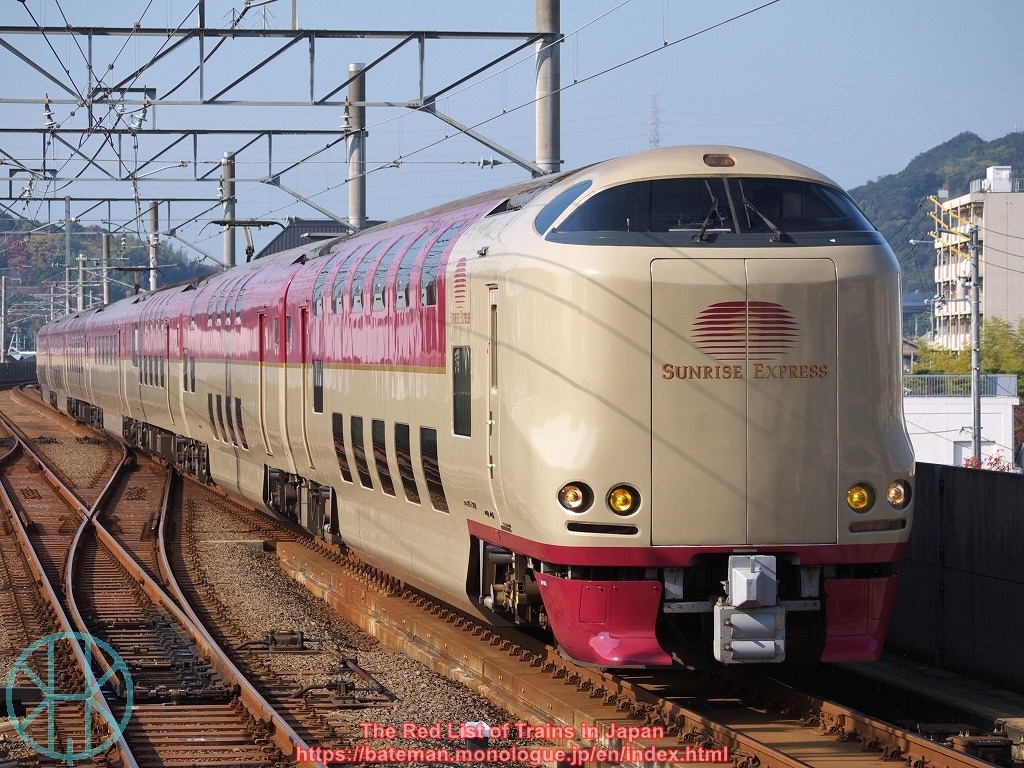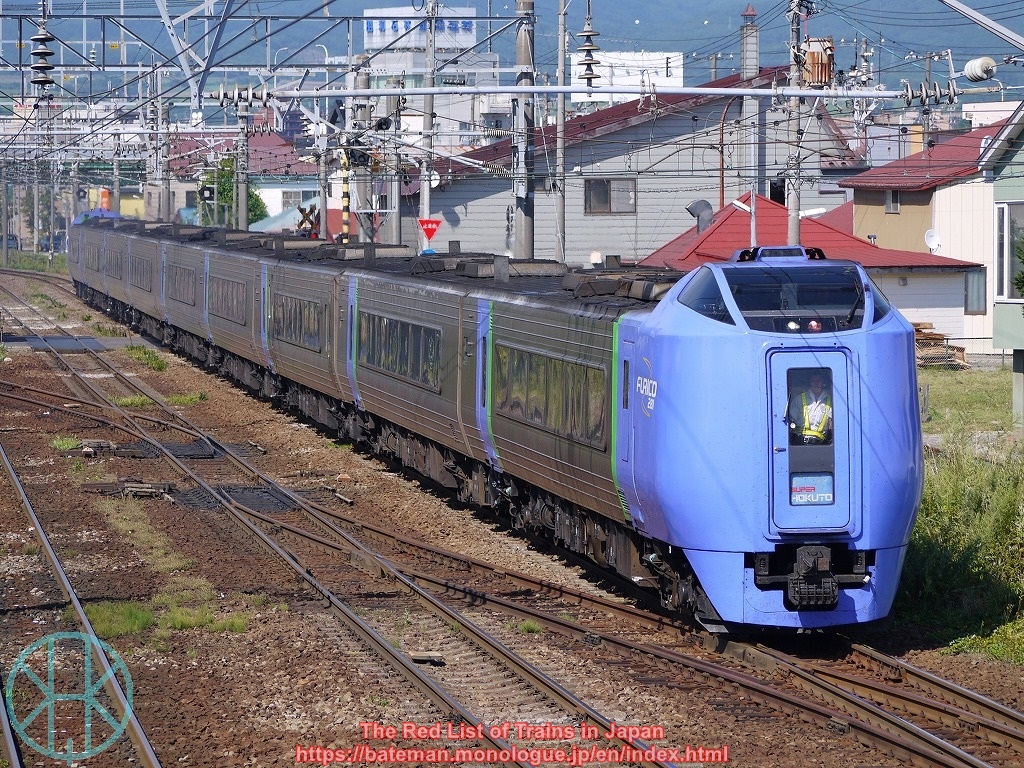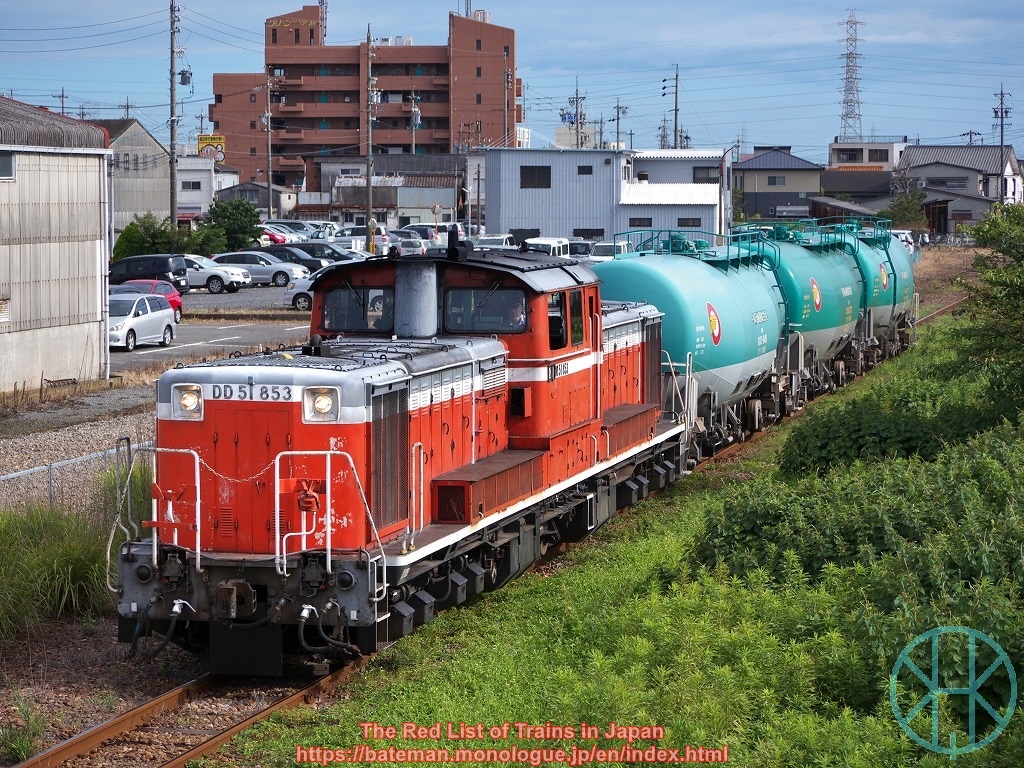Introduction
Yokohama, approximately 20 miles south of Tokyo, is one of major cities in Japan with 3.7 million people. There are several railway lines connecting two cities, including JR East and Keikyu. It is said that Keikyu trains have always been faster than JR, but is it true? This article argues that, in short, negative.
Route
The route between Shinagawa and Yokohama stations is the oldest and the busiest one among all railway lines that connect Tokyo and Yokohama. Trains on both Keikyu Main Line and Tokaido Main Line can run at up to 120 km/h (75 MPH).
Keikyu's fastest service is Limited Express 快特 (hereinafter referred to as "Kaitoku"), which calls at three stations. At peak hours, there is another Limited Express 特急 (hereinafter referred to as "Tokkyu"), which calls at six stations. Unlike limited express services of JR East and some other private railways, there is no need to purchase an additional ticket to neither of them.
The main rival is Tokaido Main Line of JR East. There are Limited Express Saphir Odoriko and Odoriko services, which require an additional ticket, but they are for tourists going farther. All passengers going from Shinagawa to Yokohama and vice versa choose stopping services, which call at two stations.
There are also Keihin-Tohoku Line and Yokosuka Line, both of which are operated by JR East as well. Keihin-Tohoku Line lies parallel to Tokaido Main Line, but has more small stations. Yokosuka Line trains run a little different route between Shinagawa and Yokohama. Trains on both lines take longer than Tokaido Main Line services.
According to official documents, the distance between Shinagawa and Yokohama stations on Tokaido Main Line is 22.0 km (13.7 miles), while that of Keikyu is 22.2 km (13.8 miles), so almost the same.
Fares
Both Keikyu and JR East adopt distance-based scheme, but the routes between Shinagawa and Yokohama is an exception. Both companies apply special fares to compete with each other. A single fare ticket of Keikyu costs 310 yen (10 yen cheaper than what is supposed to be), while that of JR East (whichever route) costs 300 yen, which is supposed to be 400 yen.
Rolling stock
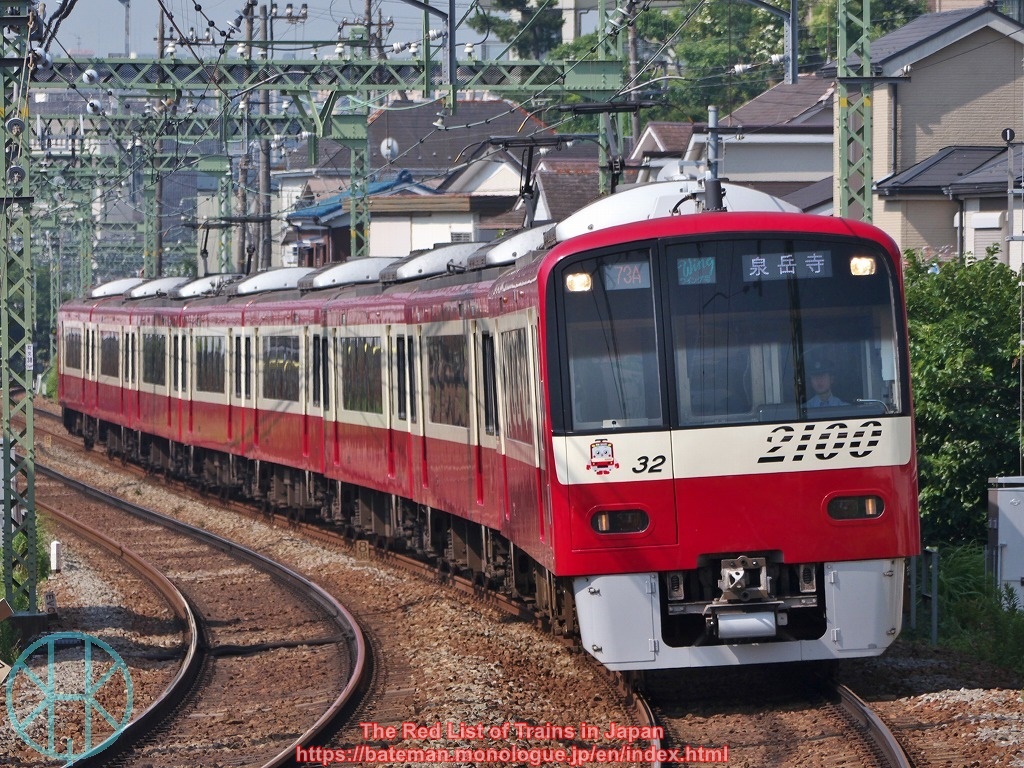 |
| Keikyu 2100 series |
Keikyu uses 600 series, 1000 series, 1500 series and 2100 series. The first three are mostly consisted of longitudinal seating, while the 2100 series have transverse seating. It would be a great time to spend time on the 2100 series unless all seats are occupied.
 |
| JR East E231 series |
JR East uses E231 series and E233 series. Both trains are mainly consisted of longitudinal seating. Unlike Keikyu, they have Green Cars (first class) with better seats than the Keikyu 2100 series, but a Green Car ticket is necessary in addition to a standard fare ticket.
Journey times and frequency
As there were little differences of fares and rolling stock accommodation, journey times and service frequency are the keys to the race between the two companies. Is Keikyu really fast and convenient?
Shinagawa - Yokohama (daytime)
| Keikyu Main Line | Tokaido Main Line |
|---|
| Journey time | 17 min | 16-18 min |
| Frequency | 6 per hour | 6 per hour |
At the daytime, there is almost no difference between them. Both trains from Shinagawa to Yokohama and those from Yokohama to Shinagawa are the same. Tokaido Main Line services mostly take 18 minutes, so Keikyu's "Kaitoku" services are usually one minute shorter than JR. Keikyu trains tend to be slightly less crowded than Tokaido Line trains.
Yokohama to Shinagawa (7-8 am on weekdays)
| Keikyu Main Line | Tokaido Main Line |
|---|
| Journey time | 27-32 min | 19-21 min |
| Frequency | 11 per hour | 13 per hour |
However, Keikyu trains are far slower than Tokaido Line trains at morning peak hours. There are several "Tokkyu" services in addition to "Kaitoku" services, but none of them can win the race with Tokaido Line. This is frankly disgraceful.
The journey times of Keikyu at morning rush hours are even longer than trains on the other two JR routes, which are not rivals of Keikyu at off-peak. Yokosuka Line trains, with 11 services between 7 and 8 am, take 23-25 minutes. Moreover, Keihin-Tohoku Line trains, with 17 services at the same time, take 29-32 minutes. It is shocking that stopping services of Keihin-Tohoku Line sometimes run faster than Keikyu, despite their maximum speed is just 90 km/h (56 MPH) and they call at eight stations including Shinagawa.
 |
| E233 series on Keihin-Tohoku Line |
A Keikyu train actually loses a race against a Keihin-Tohoku Line train. For example, a "Kaitoku" (note that this is the fastest service pattern) leaving Yokohama at 8:00 arrives Shinagawa at 8:32, calling only at Keikyu Kawasaki and Keikyu Kamata. Meanwhile, a Keihin-Tohoku Line stopping service leaving Yokohama at 8:00 arrives Shinagawa at 8:29, three minutes earlier despite stops at seven stations in between.
Why is Keikyu so slow?
Then, why are Keikyu trains so slow at morning peak times contrary to what is widely believed? There must be three major reasons as described below.
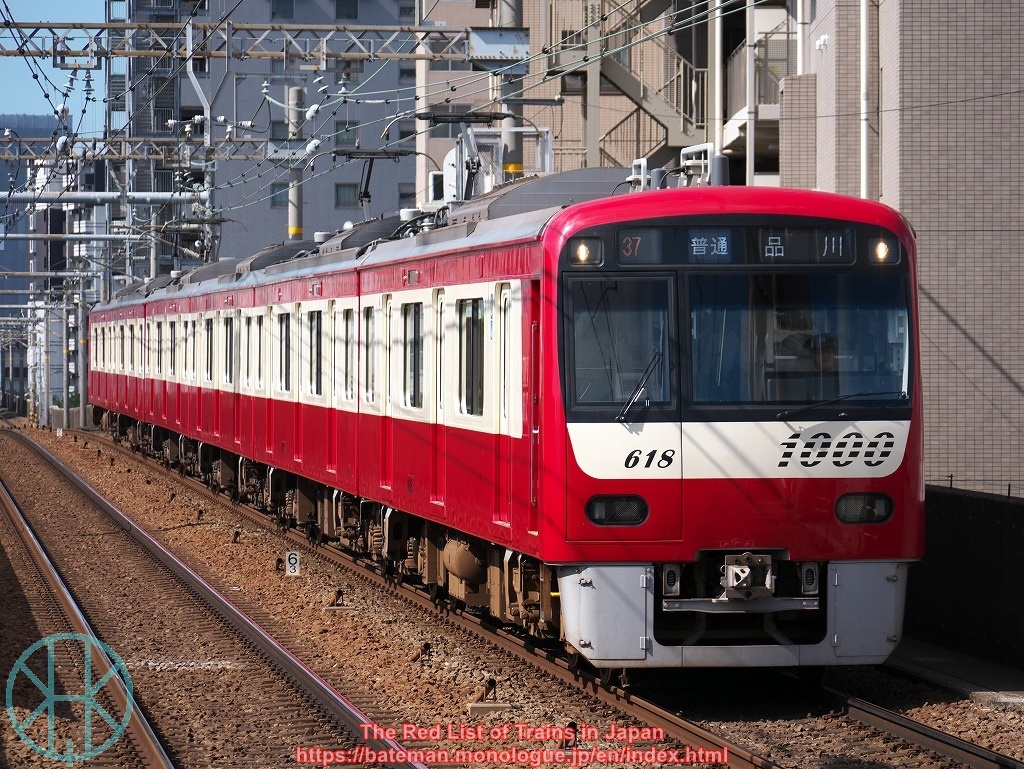 |
| Keikyu 1000 series on stopping service |
First, Keikyu Main Line is double track throughout, but there are several service patterns from "Kaitoku" and "Tokkyu" to stopping services. There are more services during rush hours than the daytime, so the entire line is crowded by trains. Fast services overtake stopping services at several stations, but sometimes they have to slow down significantly while a stopping service prepares to be overtaken. Meanwhile, Tokaido Main Line trains do not overtake any other service between Yokohama and Shinagawa, nor do those on Yokosuka and Keihin-Tohoku Lines.
 |
| Shinagawa station |
Second, "Kaitoku" and "Tokkyu" are formed of 12 coaches at peak hours, but four of them are detached and terminate at Shinagawa. This requires more time than usual to vacate the platform, forcing other trains to wait for a while.
 |
| Keikyu 2000 series for Haneda Airport |
Third, Keikyu has a branch line towards Haneda Airport. Keikyu Airport Line branches off at Keikyu Kamata, but trains from south (Yokohama) have to reverse at the station, taking longer than others to clear the blocked section.
Conclusion
| Keikyu Main Line | Tokaido Main Line |
|---|
| Journey time (peak) | 27-32 min | 19-21 min |
| Journey time (off-peak) | 17 min | 16-18 min |
| Frequency (peak) | 11 per hour | 13 per hour |
| Frequency (off-peak) | 6 per hour | 6 per hour |
| Single fare | 310 yen | 300 yen |
Is Keikyu really fast? With regard to stations between Shinagawa in Tokyo and Yokohama, the answer is mostly NO. At the daytime, most Keikyu trains run merely a minute shorter than Tokaido Main Line, but it has little impact on the race. During rush hours, Keikyu is dreadful, as trains are far slower than the rivals and even slower than Keihin-Tohoku Line. The fact is shocking but the truth. It is a valuable lesson that enthusiasts often dream of something not true, and rumours often contain inaccuracy.








